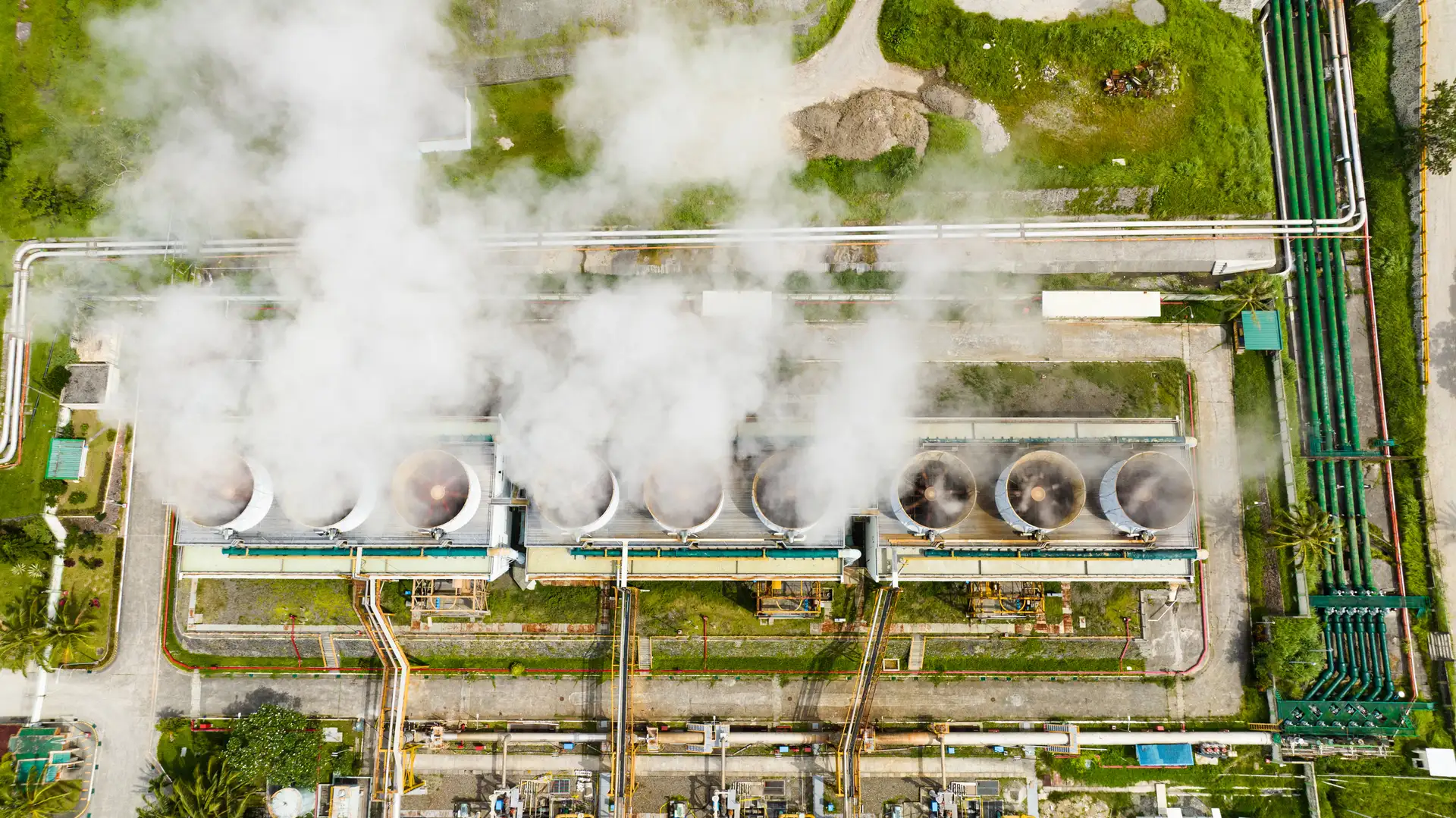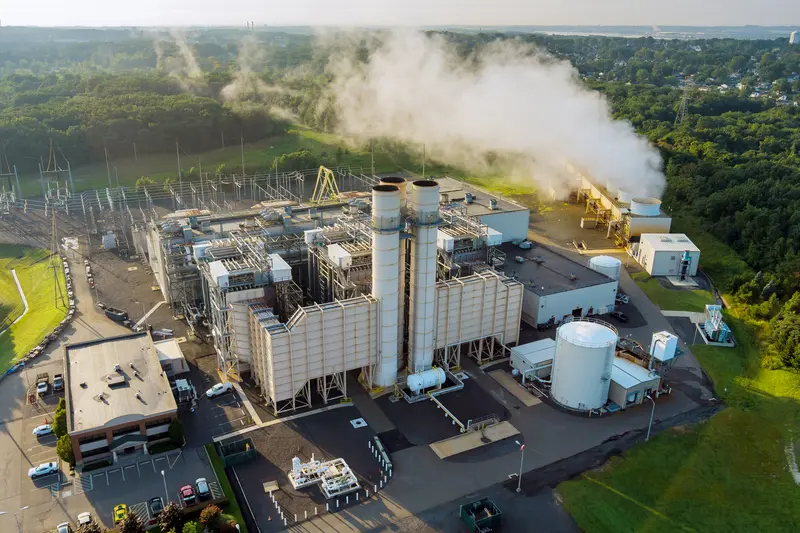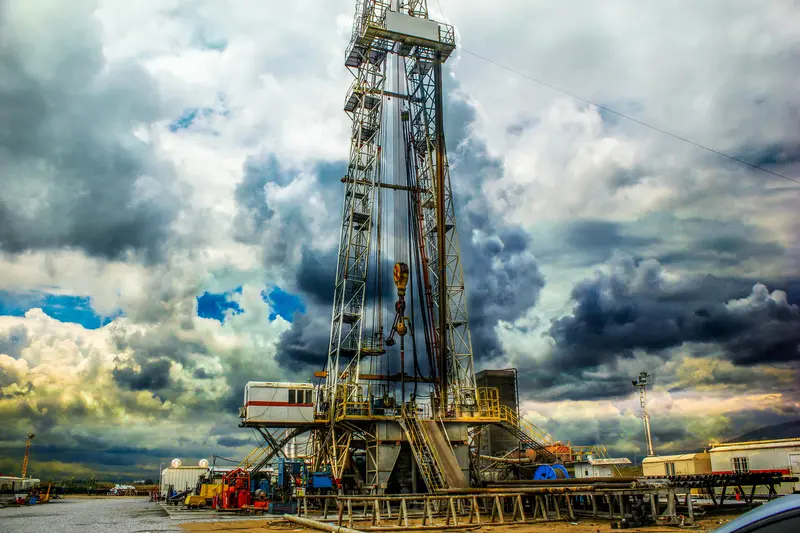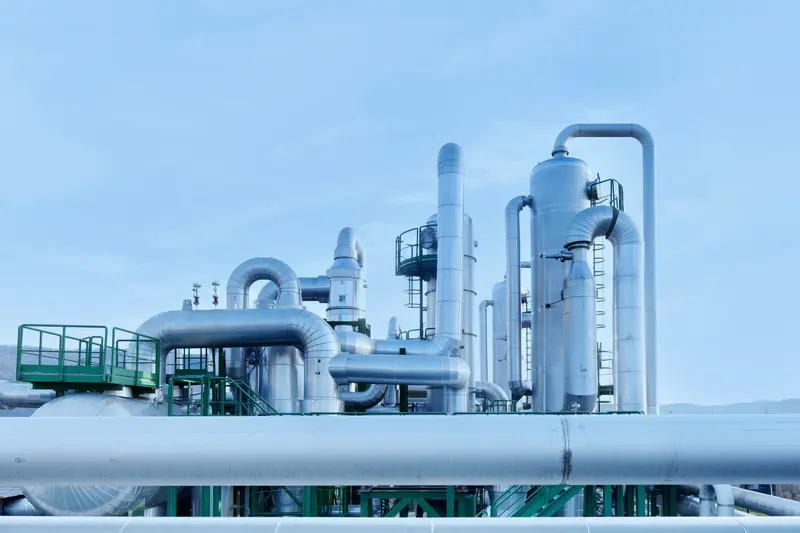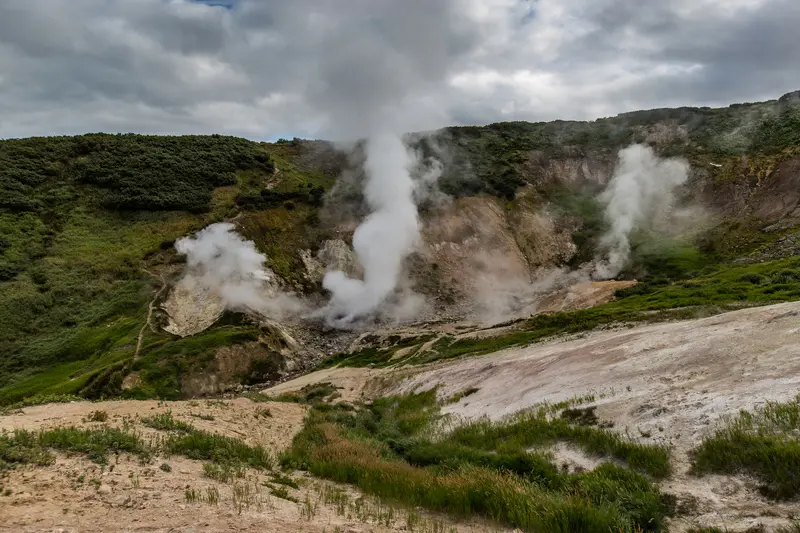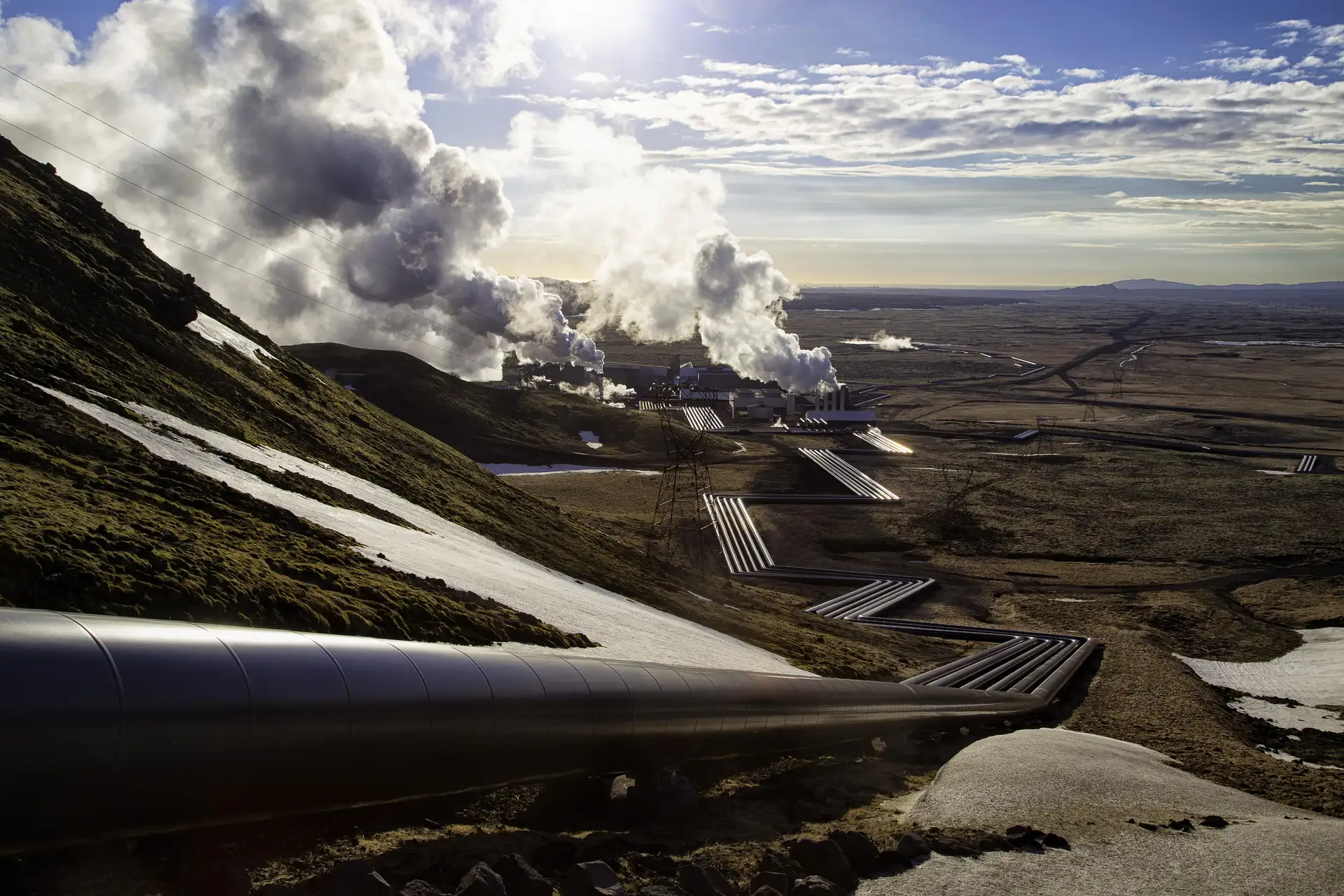Contact us
Our Services
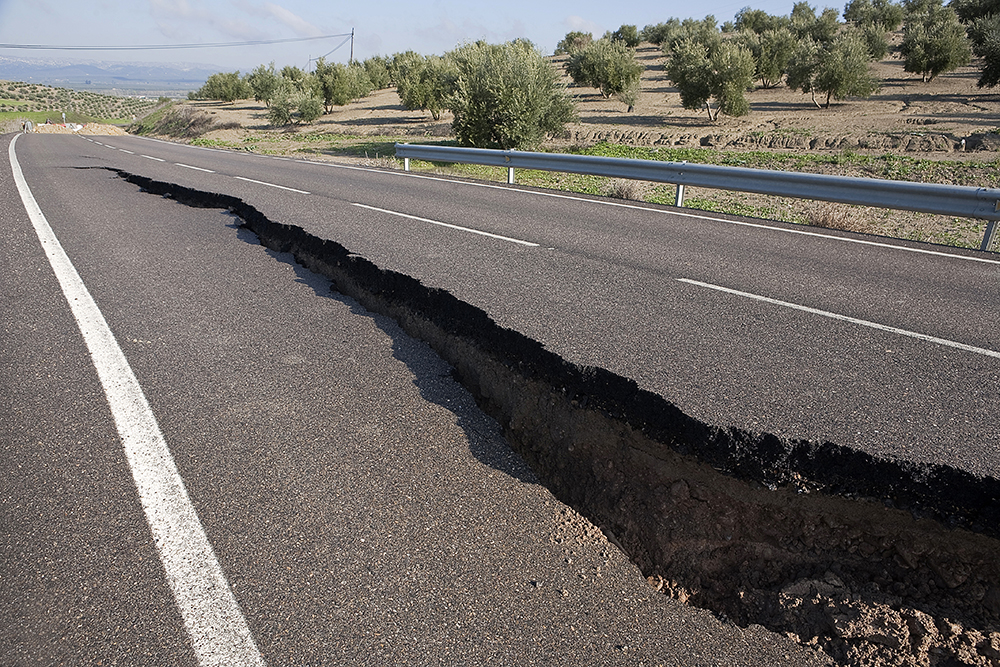
Human Induced Seismicity
In late 2014 a new gas storage development, Castor located in the Mediterranean offshore Spain, injected cushion gas which caused seismicity which was felt in the adjacent onshore region. GED was asked to review the operator’s competent persons report on the root cause of the human induced seismicity. We contracted in Prof Gillian Foulger who has decades of experience on induced seismicity and delivered our findings to clients the European Investment Bank. We have in the past 8 years undertaken numerous pre-emptive studies for EIB associated with human-caused fluid distribution changes in the subsurface associated with similar energy storage projects. GED were also contracted to NAM for 6 years to better understand human induced seismicity and thus reduce the chances of industrial projects causing it. GED has been able to publish many of its findings including the extensively cited ‘Global review of human-induced earthquakes’ and support the free to use Human Induced Earthquakes database.
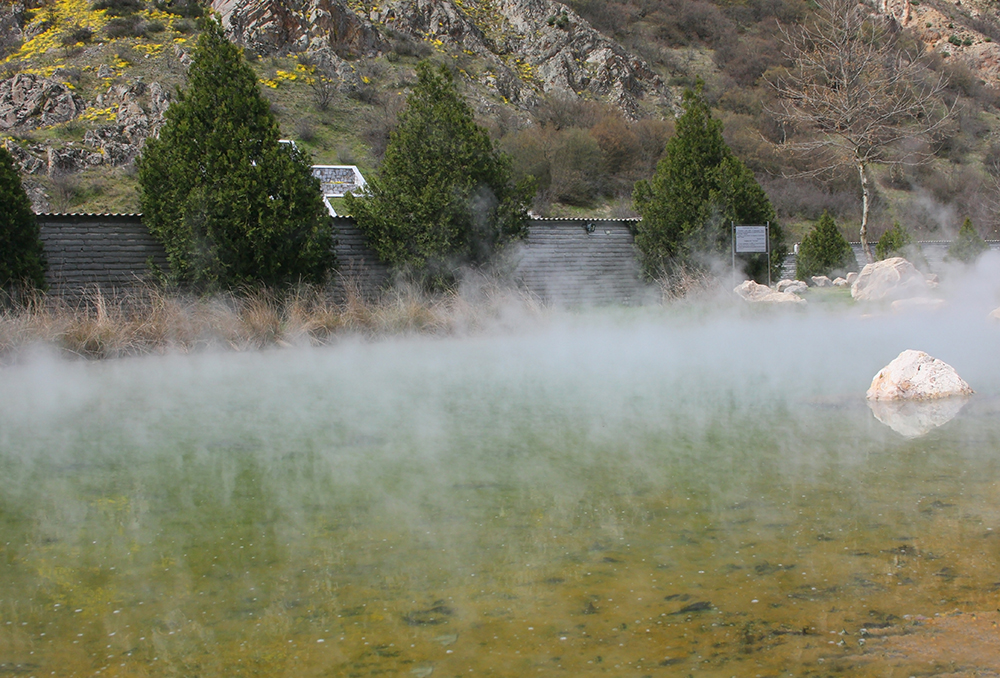
Low Enthalpy Geothermal Energy
North East England has pioneered the repurposing of abandoned and flooded former coal mines as a source of low enthalpy (temperature) heat. The idea was created by GED founder Dr Charlotte Adams. GED did much of the early resource evaluation work for potential sites in the NE including those for Durham and South Tyneside Councils along with private land holders including agricultural users of low-grade heat. Recent projects have included examining the opportunity to use abandoned mines to store heat from industry in the summer to replay the heat when needed in the winter. Publications have included global heat resource assessment for abandoned mines.
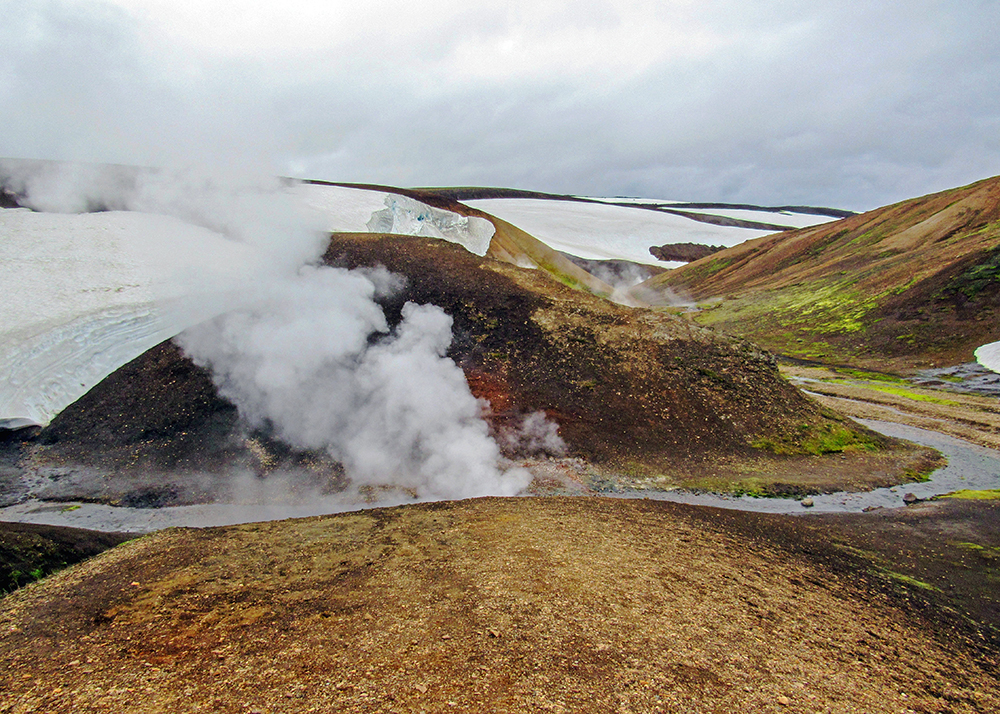
Deep Geothermal Energy
The deeper you go beneath the Earth’s surface, the hotter it gets. In the UK, the geothermal gradient is between 25°C and 38 °C. At 4 km deep, the temperature will be at least 100 °C and at 5 km possibly as hot as 200 °C. Such temperatures are suitable for electricity generation as well as delivery of heat. Several wells have now been drilled in the UK and GED have acted as subsurface auditor for the bank in one instance and are supporting The Auckland Project in County Durham with their plans to drill deep geothermal wells as part of their net zero carbon plan for the town.
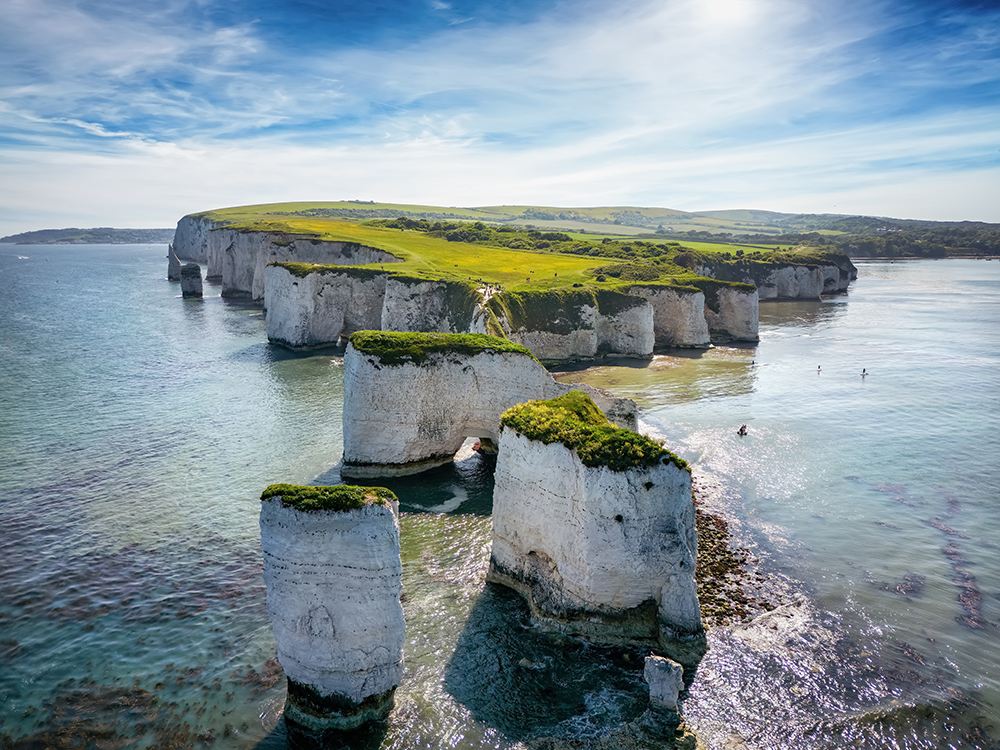
Field Trips
A ‘good’ geologist is often described as one who looks a lot of rocks and we in GED do just that look at a lot of rocks, but not alone. We lead field trips to some classic geological sites in the UK such as Dorset’s Jurassic Coast, the Cleveland Basin and the Cheshire Basin as well as lesser known but equally important sites in Mid-Wales, the Northumberland Basin and to the Permian rocks of the Durham coast. Many of the trips were originally built around examples of petroleum systems, which we have repurposed, upcycled and reinvented as examples of sustainable geoenergy – ‘E-MISSION ZERO’ we call it. The rock exposures we visit provide a great way of developing a shared-Earth-model in a team that may be wishing to store carbon dioxide rather than emitting it as a greenhouse gas, or store hydrogen or perhaps win geothermal energy from the Earth. We are happy to show you some rocks be it a handful of folk up to around 30 people, so come join us.

Carbon Capture and Storage
Geostorage of carbon dioxide has been one of GED’s specialisms from the get go in 2010. The team has a long history of storage site identification, description, evaluation and risk assessment for a wide range of clients both in the UK and elsewhere in the world. GED staff were part of the original UK Storage Appraisal Project (2010-2013) run by the Energy Technologies Institute to assess the UK’s storage capacity as well as working for the World Bank to evaluate storage capacity onshore and offshore South Africa. GED worked alongside Mott Macdonald for the UK government, to assess bids to store CO2 beneath the UK Continental Shelf in 2013, for National Grid Carbon and subsequently Capture Power to drill and evaluate the storage site offshore East Anglia now known as Endurance and since 2020 have been part of a WSP led team supporting BEIS and now DESNZ to bring the first two carbon storage projects to the operational phase in 2025 offshore in the North Sea and East Irish Sea.
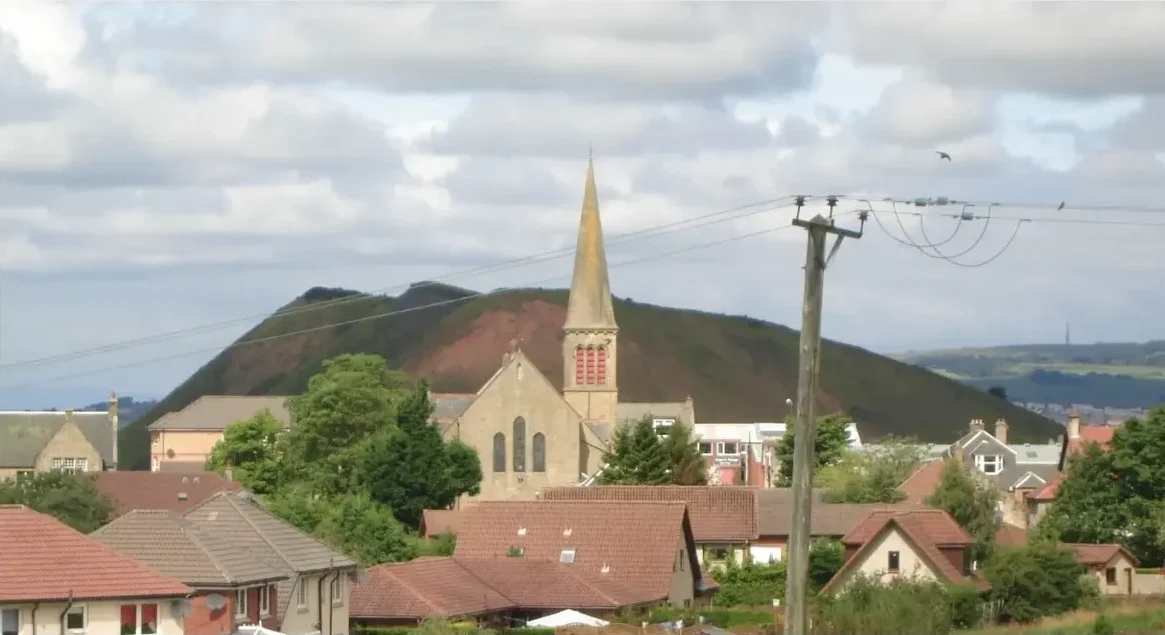
Resources from Waste Streams
Human use of energy, resources, water and more is typically profligate. The GED case history on winning heat from abandoned coal mines is a case in point. We make an effort to look at the total opportunity be it to use co-produced water from oilfield production for heat or lithium extraction or indeed for any secondary product streams. The use of coal in the UK is all but over, saving millions of tonnes of unnecessary CO2 emissions but before the demise of coal we examined the rare earth and platinum group metal content of coal waste for a client. All are valuable and many in short supply. Coal when burned leaves behind an ash residue concentrated in some of the rare earths and other metals needed for the energy transition. We measured their concentrations and demonstrated likely commercial viability of the waste streams. Whilst the UK now has little need for coal so observations could be highly valuable for nations whose main energy source is coal.
About us
We offer consultancy advice with a wide range of technical perspectives on energy related issues and strive to provide our clients with quality and good value. Our services include:
Geostorage of Carbon
Capacity and integrity evaluation
Geothermal energy
Play fairway analysis and prospect evalu
Induced seismicity
Risk assessment and impact
Meet the Team

Victoria Hunn
MSci PhD
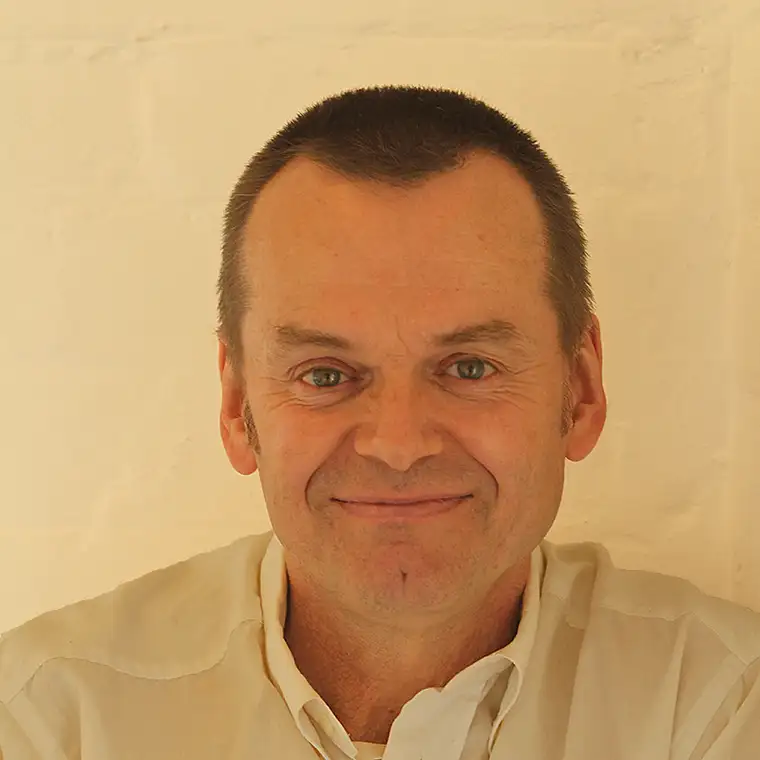
Richard Jones
BSc PhD
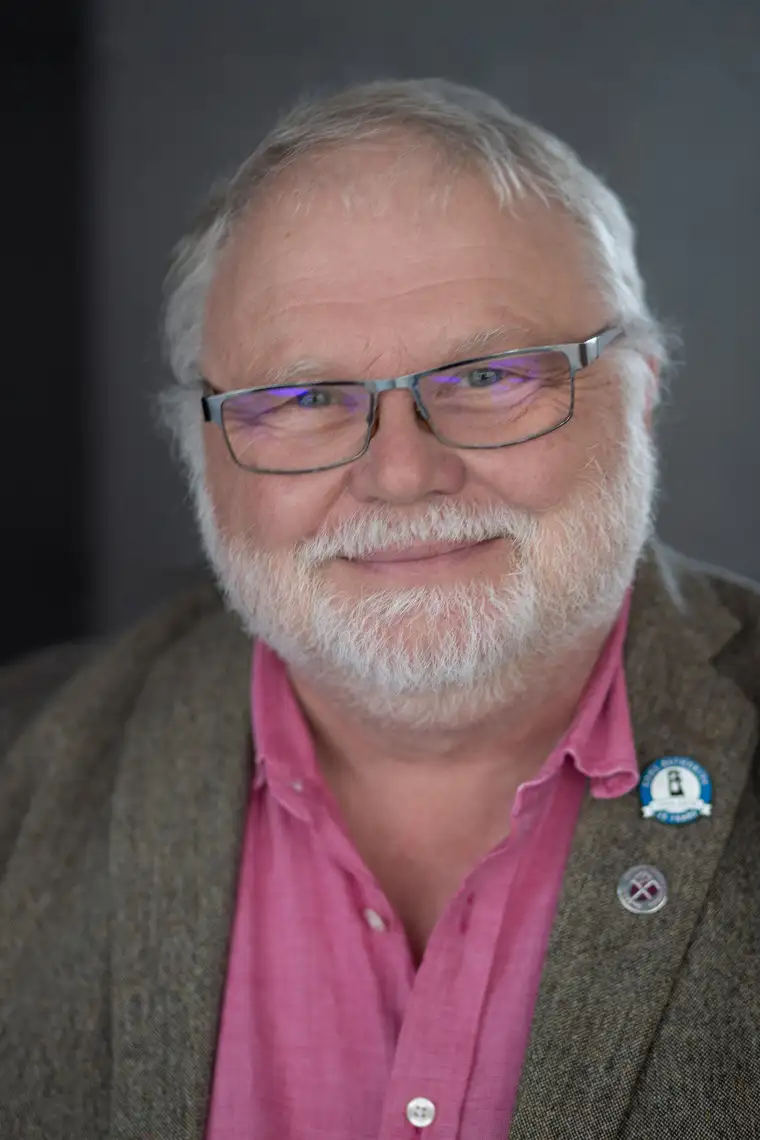
Jon Gluyas
B Sc PhD
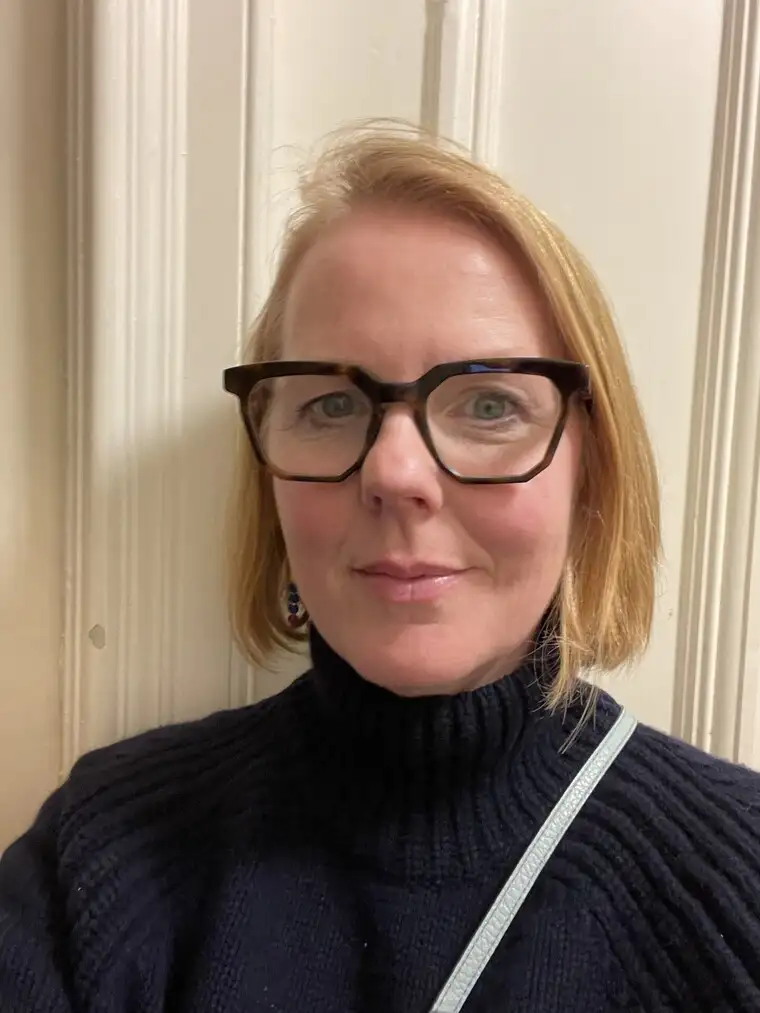
Susie Daniels
BA PhD
FAQs
Over the past 14 years since founding GED we commonly get asked these questions, please feel free to get in touch with your questions.
Contact
Us
Get in touch with us about a
project or service
